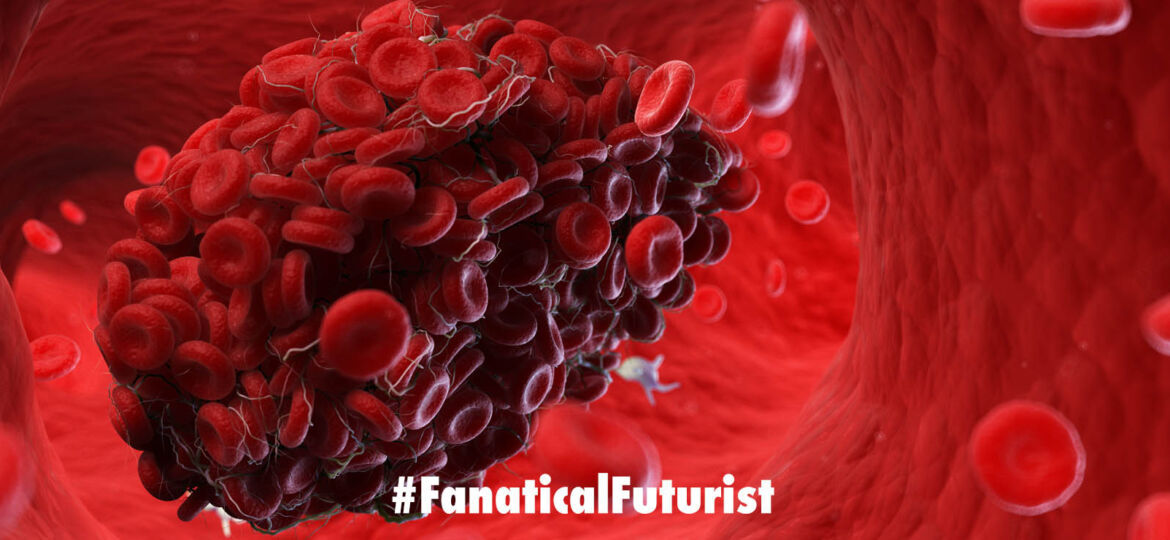
WHY THIS MATTERS IN BRIEF
Blood clots kill a lot of people, but now this solution which is not only fast and portable, could save many of them.
 Love the Exponential Future? Join our XPotential Community, future proof yourself with courses from XPotential University, read about exponential tech and trends, connect, watch a keynote, or browse my blog.
Love the Exponential Future? Join our XPotential Community, future proof yourself with courses from XPotential University, read about exponential tech and trends, connect, watch a keynote, or browse my blog.
It goes without saying that if someone has a blood clot in their brain, that clot should be cleared as soon as possible. Now an experimental new transducer could help, as it uses swirling waves of ultrasound to break up blood clots much faster than existing methods.
Developed by scientists at North Carolina State University and the Georgia Institute of Technology, the device is designed specifically for use on what are known as Cerebral Venous Sinus Thrombosis (CVST) clots. These form in veins that ordinarily allow blood to drain from the brain. When those veins are blocked, blood pressure in the brain increases, to the point that a potentially lethal or disabling haemorrhage may occur.
The Future of Work and Healthcare, by keynote speaker Matthew Griffin
Most existing CVST treatments involve using drugs to dissolve the clot. According to the team behind the new study, however, it takes an average of about 29 hours – and never less than 15 hours – for such medications to work. By contrast, the new transducer breaks up the clots in less than 30 minutes which is a major improvement.
The device is housed within a catheter which is surgically inserted into a vein and then fed through to the site of the clot. Once it reaches that destination, it emits pulses of ultrasound that travel forward in a spiralling tornado-like fashion. The shear stress produced by these “vortex ultrasound” waves is sufficient to quickly and thoroughly break the clot apart.
This effect meshes with the findings of a previous Johns Hopkins Medicine study, which indicated that clots are less likely to form in the heart when blood forms spiralling vortices as it flows through the muscle.
So far the transducer has been successfully tested on clots in a 3D-printed model of the brain’s cerebral venous sinus region, filled with cow blood. Additionally, when it was used in animal vein samples, the waves were found to be harmless to the vein walls – the waves also caused no substantial damage to red blood cells.
“The next step is for us to perform tests using an animal model to better establish the viability of this technique for CVST treatment,” said North Carolina State’s Prof. Xiaoning Jiang, who led the study along with Georgia Tech’s Asst. Prof. Chengzhi Shi. “If those tests are successful, we hope to pursue clinical trials.”
The technology is described in a paper that was recently published in the journal Research.
Source: North Carolina State University
















